Perennials & Pollinators
‘Let me tell you ‘Bout the birds and the bees, and the flowers and the trees, and the moon up above, and a thing called love’
sang singer Jewel Atkin
Don’t know about you all, but we are in LOVE with birds, bees, flowers, and trees. Gardening with pollinators in mind is a passion of ours at Little Bird, especially our native pollinators. Without our pollinators much of the beauty we love and admire would no longer exist. Approximately 70% of our food is pollinated by pollinators and these same pollinators help create healthy ecosystems.
Here in the northwest, we have several native bee pollinators such as Nomad bees and Agapostemon virescens and the cutie Bombus occidentalis, our Western bumblebee. Our butterfly pollinators include Swallowtails, Brush footed, Gossamer winged, Skippers, and Milkweed butterflies. Some often-overlooked pollinators are beetles, flies, and moths. Hummingbirds are important pollinators, too. We see the busy work of pollinators every day at our nursery. Bees sleep contentedly on the flower heads of Scabiosa or inside the flowers of Lavatera while hummingbirds busily sip from flower to flower. If you love these pollinators as much as we do, there is an easy way to coax them into your gardens by simply planting the flowers and foliage they depend on for both sustenance and safety.
What can you do in your garden now? Echinacea, Yarrow, and Penstemon are great plants to put in the ground for summer pollinators. Planting a continuously blooming perennial bed will keep these pollinators feeding thru the seasons. During the Fall months, leaving some habitat will also encourage pollinators to hibernate over the winter and lay their eggs for next year. Leaving bare and untidy edges in the garden for ground-nesting bees and 12” stems on grasses and perennials will allow bees and insects to nest in their hollow stems. Another good source of food is allowing your Brassicas to flower over the Fall months. Planting early winter bloomers, such as Witch hazels, Oregon grape, Indian plum, and hazelnuts, will give pollinators a fresh start for the following season and into Spring.
Things to consider when creating a pollinator garden:
• Make sure all plants are neonicotinoid free. Neonicotinoids are chemicals that kill our pollinators. All the plants here at Little Bird Garden are purchased from distributors that are neonicotinoids-free.
• Use beneficial predators. This is a great way to fight garden diseases and pests that also works to protect our pollinators. Local companies such as Sound Horticulture out of Bellingham, Washington can help you choose what beneficials would be best for your pest problems.
• Earth and stone spaces. Butterflies need large stones to sun themselves on and bare earth that is moist where they can get minerals. This is also another reason to maintain your soil health by creating a healthy mineral base for species like butterflies.
• Canopy layers. Creating a layered canopy in your landscape or garden is highly beneficial to our pollinators. A 5-Layer canopy is a Tree, a Large shrub, a small shrub, small herbaceous plants, then ground cover.
• Planting for Monarch butterflies. Though these are not native West of the Cascades, it is encouraged by the Xerces society to plant milkweed and create a corridor for the continual migration of these beautiful, winged creatures.
Pollinator Plant Favorites:
• Asteraceae Family: Sunflowers, Coreopsis, Lettuce, Dahlias, Daisies
• Mustard Family: Brussels Sprouts, Cabbages, Broccoli, Turnip, Radishes, and Watercress.
• Onion Family: Leeks, Alliums, Camas, Lilies, Garlic, Chives, and Onions.
• Mint Family: Catnip, Hyssop, Lavender, Beebalm, Rosemary, Sage, and More.
• Carrot Family: Celery, Fennel, Parsnips, Cumin, Coriander, Parsley, and Dill.
Pollinators Love Color:
• Bees enjoy whites, blues, and yellows
• Beetles like Green and dull white
• Birds such as hummingbirds like reds best
• Butterflies like bright purples, reds, as well as other bright colors
• Flies prefer pale, dark browns, dull colors, and purples.
• Moths like whites or pale flowers, those that show up in the evening
In times when so many things seem to be going the wrong direction in our world, planting for your native pollinators is one way to bring not only balance to nature but joy for ourselves. Bird song, the buzz of bees and hummingbird wings, the surprise of a bird nesting in the shrubbery, watching the baby birds fledge in the spring are all ways in which we can experience the rewards of planting our gardens and landscapes with our pollinator friends in mind.
Planting a pollinator garden is hope for tomorrow.

